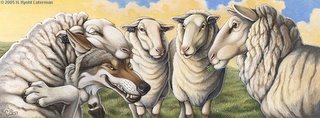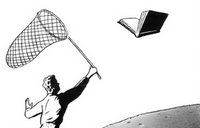
Important Test Prep Links and Documents:
Multiple Choice strategies:
1. Read the question at least 2 times before moving on to the answers.
2. Never choose an answer before reading every choice.
3. Read the text all the way through before answering any questions.
4. Your first choice is usually the correct choice. Don’t change your mind unless you are absolutely positive.
5. Look for choices that you can eliminate.
6. After you have read the article once, read the first question and read it again. Look for the correct answer.
7. Pay close attention to highlighted or bolded words.
- Organize the information into categories: Topic and Details
- Or, draw a line to signify information missed
- Use the title to help you understand
- Don’t worry about being neat
- Use abbreviations to speed up the process
- Just like a quick write, write to get your thoughts out!
- Remeber, you get two chances. Don't try to copy everything down on the first reading.
_________________________________________
Here is a link that will help you practice for the listening portion of the ELA exam. We have talked about 2 different ways to take notes during this portion, find the way which works best for you.
Strategy #1: organize the information into topics and details.
Strategy #2: Draw a line for missed information, that way you can remember what you forgot during the second reading.
Click here for Listening Prep!
*Don't forget to try the multiple choice section to see how well you did with your note taking.
Whichever way you choose, the more you practice now, the better your chance come test day.












